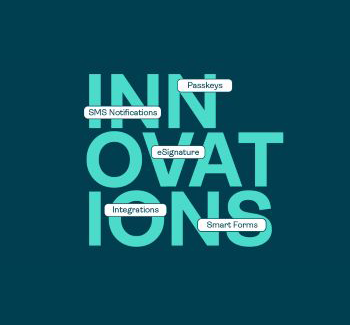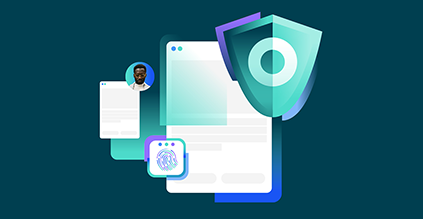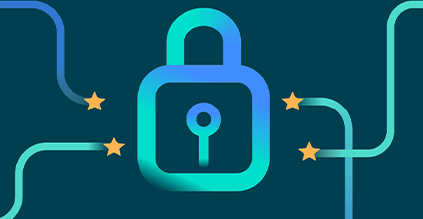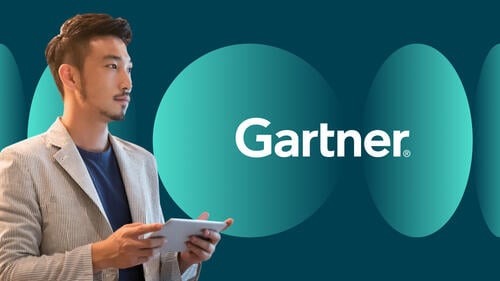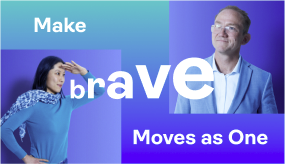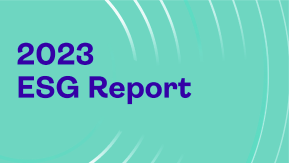WCAG 2.0: Accessibility Support Brings eSignatures to People who are Blind

I take it for granted that when I wake up in the morning, I freshen up, get dressed, go downstairs, grab a cup of Joe (no pun intended), and head to my home office. I log in, check emails, check the news, LinkedIn, etc., then go to my living room to watch the local newscasts. I’m a creature of habit and do this every morning.
Then it dawned on me — how I take for granted that I have ears that work and eyes that work (well, after cataract surgery, that is). How challenging would the daily routine be if I lacked just one of these senses?
I thought about it, and decided to try to walk a few steps in another person’s shoes. When I got up the next morning, I deliberately kept my eyes closed and tried to start my day. While I won’t go into details, it was tough. First, I couldn’t find the bathroom. Once I finally did and tried to go downstairs, well, thank goodness for the soft carpeting at the bottom of the stairs! And I won’t even begin to tell you how much coffee ended up on the floor as I tried to get just a single cup to start my day.
This small experiment made me realize that we should all put ourselves – individuals, businesses and governments – in the other person’s shoes. That's when you start to realize how important accessibility laws, regulations and standards are. For example, take the Web Content Accessibility Guidelines (WCAG 2.0).
What Is WCAG 2.0?
WCAG 2.0 is an international standard that provides guidelines on how to make web content more accessible to people with disabilities. The guidelines are categorized into three levels of compliance: A (must support), AA (should support), and AAA (may support).
Among other things, the WCAG outlines how, with the assistance of technology such as JAWS (Job Access With Speech) screen readers, people who are blind or visually impaired can access web content through text-to-speech software.
As part of the Spring ’18 Round-up, we will be releasing a new Accessibility Support component. It enables signers with visual impairments to review and e-sign PDF documents that are presented with a supported browser and accessibility tools. This component meets WCAG 2.0 Level AA.
When developing this in eSignLive, we took a different approach than others in the market. For organizations that are initiating the signing process and sending out documents for signature, we don't make you work inside our product to tag and present the document. Instead of making you work within a proprietary electronic signature product, our goal is to support the way you already tag documents. Simply prepare the documents as you usually do. Then, when you send them for signing, eSignLive can recognize the tags you've placed in the document, preserve them, and render them to the signer.
If you are looking to enable customers who are blind or visually impaired to e-sign contracts and agreements, contact us.
